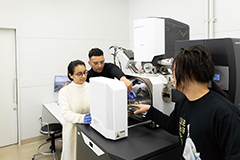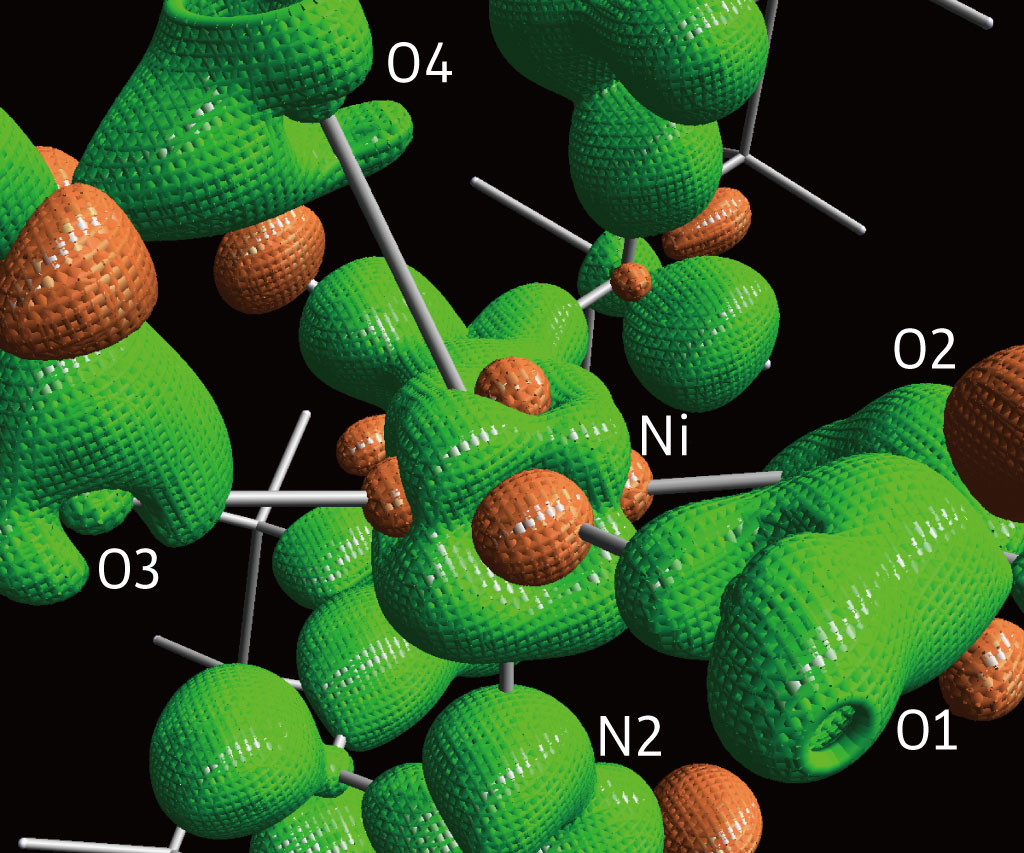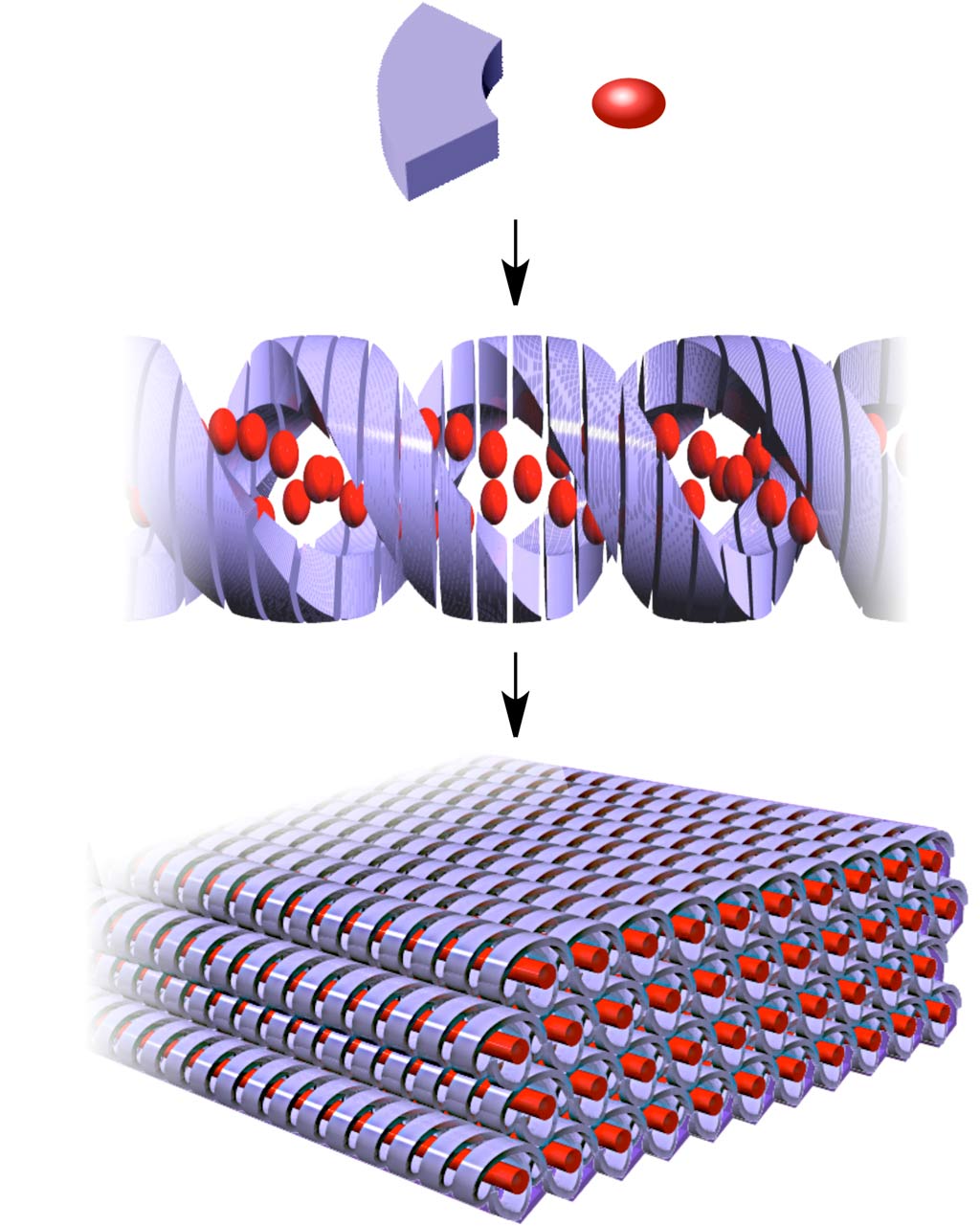
Our team provides research support using X-ray diffractometry, electron microscopy, and elemental analysis. In addition to supporting the individual method, we propose multifaceted research support by combining these methods. To keep our support at the highest quality in the world, we always update our knowledge and technical skills. We make tight and deep collaborations with researchers to achieve their scientific purposes and to propose new insights into the research from an analytical point of view, in addition to providing routine analysis. Beyond routine analysis, we explore and develop new measurement methods directed to more advanced and sophisticated analyses.
Visualization of chemical bonds by accurate X-ray analysis
Our team has investigated the nature of molecules, which have unusual chemical bonds and show less stability, in the crystalline state by analyzing the distribution of valence electrons derived from accurate and precise single-crystal X-ray crystal structure analysis.
The conventional X-ray diffraction method clarifies the arrangement of atoms in the crystalline state by modeling total electron density distribution using spherical atom (isolated atom) models. As widely recognized, the resulting structures give important information on the nature of molecules. However, valence density distribution, which plays a critical role in the chemistry of molecules, is not included in the resulting models. For a deeper understanding of the nature and chemistry of the analyzed molecule, in particular, reactivity, charge separation, bonding mode, and intermolecular interaction, the valence densities should be analyzed. In this study, the valence densities are analyzed by applying multipole models instead of the spherical atom models to gain much direct information on the electronic structure of molecules.

Distribution of 3d-electrons in Ni(II) complex and bonding electrons.
Licensed under CC BY 4.0.





